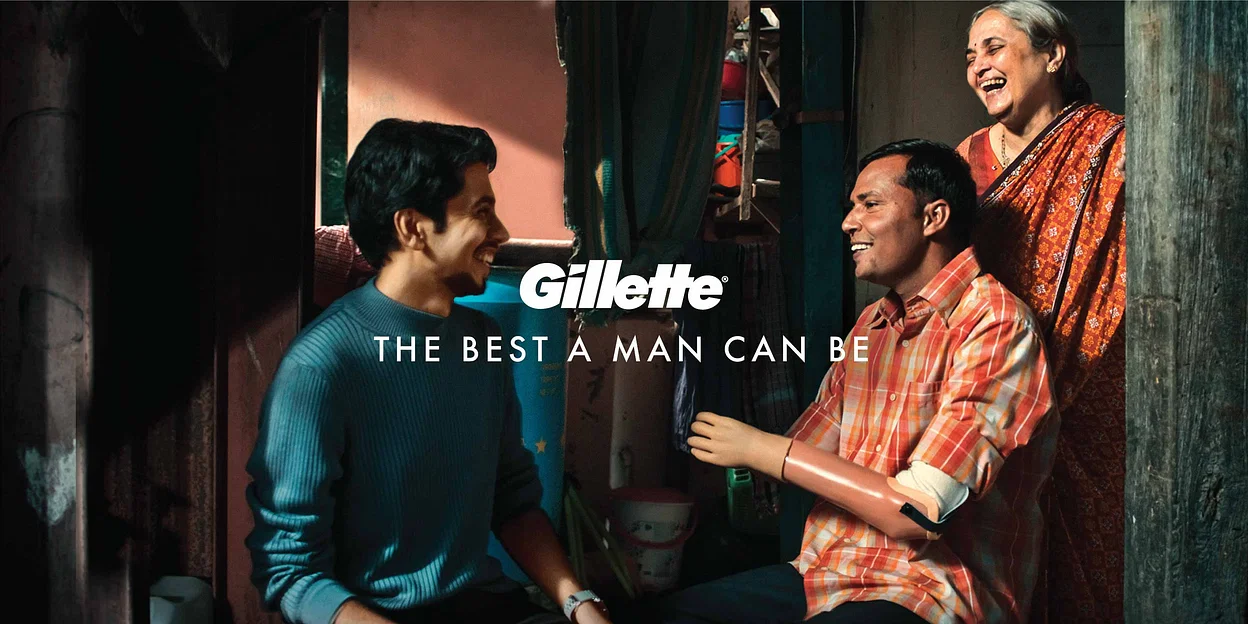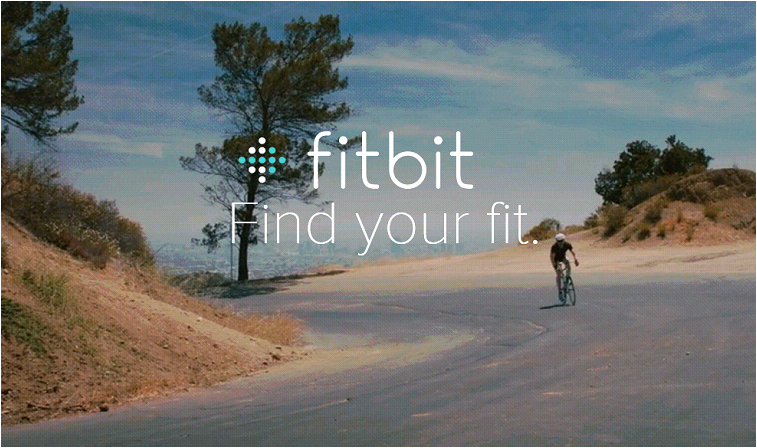Since its founding 118 years ago, Gillette has grown to become the dominant men’s shaving brand, fueled by ever-pricier new razor systems, regular price increases and, since the 1989 Super Bowl, “The Best a Man Can Get” ad tagline from BBDO. But given its relatively high prices, the brand ran into trouble starting with the Great Recession of 2008 and particularly since the 2012 launch of Dollar Shave Club (now owned by Unilever) and Harry’s a year later.
Gillette still holds a commanding lead among older men but has a weaker hold on millennials and Generation Z. So in a digital video campaign from Grey last January—targeted disproportionately toward younger men—Gillette reframed its old tagline as “The Best Men Can Be,” informed by the #MeToo movement and the call to end “toxic masculinity.”
The ad provoked a backlash among conservative commentators. Yet Gillette has stuck with the campaign and even expanded it, while tweaking the messaging and tactics. Right-wing commentators are still expressing contempt, but Gillette has made progress with the targeted millennial and Gen Z demographic, improved online sales and delivered strong sales growth last quarter.
The Marketing Challenge
The Gillette razor business was the highest-margin big brand in packaged goods when it was the crown jewel of a $57 billion acquisition by Procter & Gamble in 2005. That deal also included Braun shaving, Oral-B toothbrushes and Duracell batteries (the last of which was divested in 2016). But the deal proved
disappointing on the top line, dragged down mainly by the non-Gillette brands.
Then Gillette’s game plan of raising prices on replacement blades 3 to 4 percent annually and upselling customers to pricier systems like Fusion in 2006 faced challenges due to the Great Recession— during which some men shaved less simply because they weren’t working or balked at Gillette’s prices— as well as from from Dollar Shave Club and Harry’s.
Globally, Gillette’s market share has fallen from 70 percent in 2010 to less than 50 percent last year, according to Euromonitor. Gillette also faces an overall decline in the frequency of men shaving, particularly in the U.S.
The Insights
“The challenge we have on the brand is to reconnect with the millennial and Gen Z generations,” says Gary Coombe, CEO of Global Grooming at P&G. “Our brand awareness among that group was low, [as were] afnity and equity. We know this group of consumers expects brands to stand for more than the delivery of their functional benefit. They expect these brands to have a point of view that resonates positively with their point of view on social or environmental causes.”
The Campaign
Thus was born the “We Believe” ad that broke in mid-January in 2019. “Men need to hold other men accountable,” says actor Terry Crews—a sexual assault survivor and former pitchman for P&G’s Old Spice— during Congressional testimony shown in the ad. The spot also depicts catcalling, sexual harassment of a maid in a faux 1950s sitcom as a studio audience cheers on the harasser; humiliating mansplaining in a boardroom and other examples of the worst men can get—at least through the first 50 seconds. Then various men, including Crews, stand up to call for better behavior.
The ad dovetailed with the launch of Gillette’s TheBestMenCanBe.org, a site that celebrates “men who are advocates, mentors and leaders in their communities, demonstrating what it means to be a great man, every day,” backed by a $1 million-plus annual commitment for three years to organizations that help men be “their personal best.”
The backlash
After an early story on “We Believe” in The Wall Street Journal, many conservatives—including one of the paper’s op-ed columnists—criticized the ad at best as phony “virtue signaling,” at worst as unfairly tarring most men as bullies and rapists.
Reactions were particularly harsh on Twitter and YouTube. Marketing intelligence firm BrandTotal found social media sentiment in the days immediately after the ad broke as negative by a 63 percent to 8 percent margin, while social listening firm Converseon found the negative-positive ratio a more balanced 45 percent to 34 percent. Celebrities weighed in, with Piers Morgan, James Woods, Ann Coulter and Meghan McCain among the detractors, and Bette Midler, Chrissy Teigen, Rainn Wilson and Arianna Hufngton among the supporters.
Although negative reactions on YouTube still outweigh the positive nearly two to one as of September (1.5 million to 802,000) on 32.4 million views, the initial negative social-media reaction became more favorable over time.
The battle lingers
Compared with most social-media firestorms, Gillette’s has lingered far longer. That’s in part because the brand and company held their ground, never apologized for any ofense taken and continued with the campaign.
The Result
Perhaps because the controversy persisted, the initial ad seemed to incite several weeks of negative brand perception. Initial Morning Consult tracking data in January showed relatively little awareness of the controversy or negative impact on the brand.
But by February, net favorability toward Gillette (percentage of people favorable less those unfavorable to the brand) had declined 10 points to 58 percent. That score rebounded to 67 percent by May and stood at 64 percent in August, exactly where it was a year earlier.
Coombe sees the ad’s impact as overwhelmingly positive both in perception and sales. “We think what we’ve chosen here—to portray men in a modern, contemporary, progressive way—is appropriate for Gillette,” he says. “And it seems to be working, so we’re going to continue with that, and we’re proud of the work. And if there’s a small minority out there who have a different view, that’s just something we’re going to have to bear, because we believe for the brand, this is absolutely the right choice.” The 4 percent organic sales growth Gillette posted globally for the April-June quarter was “our best quarterly growth for some time,” Coombe says. “We’re growing in North America and around the world.”
Outside direct-to-consumer e-commerce, Gillette holds a commanding 76 percent share of razor sales on Amazon, according to Evercore, which sees signs that e-commerce growth is ofsetting Gillette’s challenges in ofine sales. “We’ve grown sales and users online every month since the ad was launched,” Coombe says. “That’s a good indicator that the brand is strengthening and in good health. Sales are impacted by many things, but that new campaign has been one of the key drivers. I’m certain of it.”
The Lessons
Gillette and P&G have taken steps to mitigate negative social media effects from subsequent ads. Gillette has left comments enabled on the initial “We Believe” ad on YouTube, but has removed comments deemed offensive. The brand also disabled YouTube comments for subsequent videos in the U.S., such as “Every Hero Sweats” from Grey Midwest—even though the story line was more likely to please conservatives by portraying everyday heroism of dads in the armed forces or other jobs.
A five-minute-plus #TheBestMenCanBe ad for Gillette—featuring John Legend, along with the musician’s father and son, in June for Father’s Day—was likewise less controversial. The ad has only about 32,000 views on YouTube, but BrandTotal says Gillette invested heavily in so-called “dark social” targeted placements on Facebook and Instagram.
The targeting seems to be working. When Gillette’s videos reached selected social audiences between May 9 and August 7, BrandTotal shows sentiment was 65 percent positive vs. 9 percent negative. The same ads, when posted to broader, non-targeted audiences, earned 46 percent negative sentiment vs. 14 percent positive.
Coombe notes that Gillette isn’t shielding all online video from social media or turning of comments everywhere, particularly outside the U.S. For example, “The Barbershop Girls of India,” which combats gender stereotypes by depicting the true story of two sisters who run their father’s barbershop, has 16.5 million YouTube views. Positive comments outweigh negative more than 10 to one.
What’s next
Gillette has expanded “The Best Men Can Be” campaign to India, South Africa and Spain. Portraying men in a new, more progressive light figured prominently in videos backing the recent launch of Treo, a line Gillette developed to help caregivers shave the elderly or disabled men. Grey continues as Gillette’s primary agency of record. The Gillette creative account, which Grey has held since 2013 after beating out longtime incumbent BBDO in a review, is not currently in review, a P&G spokeswoman says, but she adds that “consistent with the direction of many P&G brands, Gillette does leverage additional agencies at the project level.”
Also Read: A Case Study on Apple: “Get a Mac” Brand Campaign
To read more content like this, subscribe to our newsletter
Note: This article was first published and is being inspired by the following source



